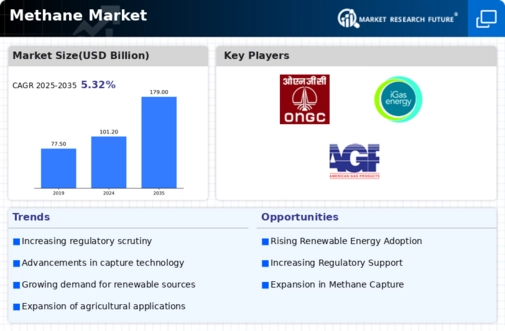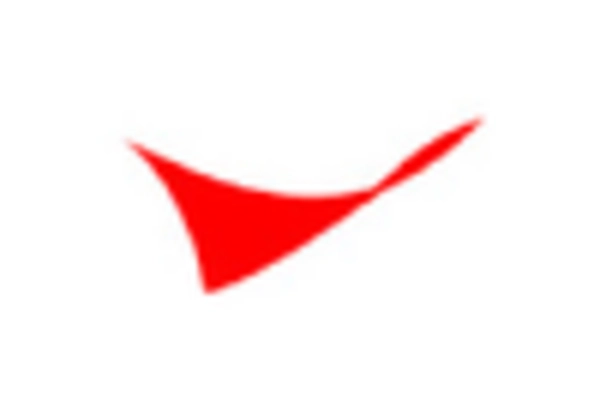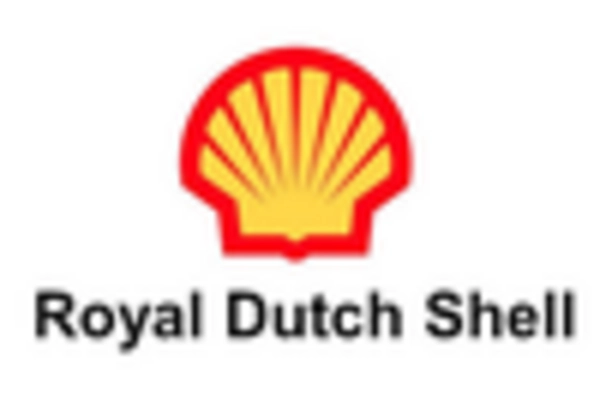Market Share
Methane Market Share Analysis
In the rapidly evolving Methane Market, companies implement a variety of market share positioning strategies to establish a strong presence and gain a competitive edge. One fundamental strategy involves differentiation, where companies focus on producing high-quality methane with unique features, such as purity levels, extraction methods, or applications in industries like energy production, petrochemicals, and transportation. By investing in research and development, companies can create innovative methane solutions that cater to the diverse needs of customers, setting themselves apart from competitors and securing a significant market share. Differentiation not only attracts customers seeking specific qualities in methane but also enhances the overall perceived value of the gas in the market.
Cost leadership is another pivotal strategy employed by companies in the Methane Market. This approach revolves around becoming a low-cost producer through optimized extraction processes, efficient distribution networks, and strategic partnerships. Emphasizing cost efficiency enables companies to offer competitive pricing for their methane, making them attractive to cost-conscious customers and gaining a larger market share. Successful execution of this strategy demands continuous improvement, innovative production methods, and a keen focus on operational excellence to maintain profitability while providing cost-competitive products.
Strategic alliances and partnerships play a crucial role in shaping the market share positioning of companies in the Methane Market. Collaborating with key stakeholders such as natural gas producers, energy companies, or technology providers allows firms to access essential resources, cutting-edge technologies, and distribution channels. Through strategic partnerships, companies can expand their market reach, leverage shared expertise, and create synergies that enhance their overall competitive position. This collaborative approach fosters innovation, accelerates market penetration, and contributes to a more robust market presence.
Geographical expansion is a strategic imperative for companies aiming to increase their market share in the Methane Market. Identifying and entering new markets or expanding existing operations globally allows companies to tap into regions with growing demand for natural gas and methane. Adapting products to suit the unique requirements of different markets is crucial for success in geographical expansion. This strategy enables companies to diversify their customer base, reduce dependency on specific regions, and strengthen their market share on a global scale.
Furthermore, a customer-centric approach is indispensable for gaining and maintaining market share in the Methane Market. Understanding customer preferences, providing efficient supply chains, and offering excellent customer service contribute to building strong relationships. Companies that prioritize customer satisfaction often benefit from increased loyalty, positive word-of-mouth marketing, and repeat business, ultimately solidifying their market share. As industries increasingly prioritize cleaner energy sources, aligning methane products with customer expectations becomes crucial for sustained success in the Methane Market.
Methane gas is extensively utilized in the manufacturing and processing of fuel and generating electricity. The demand for electricity supply has increased double folds in both urban as well as rural areas. This is driving the Global Methane Market. The rise in demand for various transportation facilities and their use as a raw material in the chemical industry is also pushing its market growth.

















Leave a Comment